
Identification Resources: Insects, Plants, & Diseases
Many Florida residents find unknown plants growing in their yard, unknown bugs in their houses or gardens, and apparent diseases on what were previously healthy plants. But Florida residents may not know what resources are available to identify these disease, plant, and pest organisms.
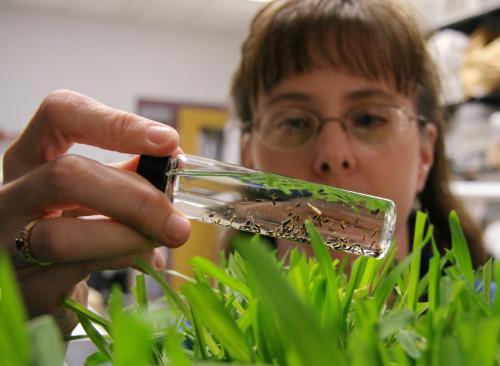
Extension Offices
Your local UF/IFAS Extension office should be your first point of contact for helping you identify any mysterious problems or species in your home or yard.
You can call, e-mail, or visit the office in person. When you do, have or send the following:
- Photographs (digital or snapshot) or a physical sample if you are making an in-person visit.
- As detailed a description of the organism or disease symptom as possible (e.g., where and when you saw it, behavior, any others present, how long it has been occurring, the type of damage).
Many Extension offices also have Master Gardeners available to help with identification troubleshooting. Look for Master Gardener hotlines or plant clinics that your office may offer.
Even if your local Extension office cannot make the identification or disease diagnosis, the agents will be able to help you with forms and samples to send to UF/IFAS's diagnostic laboratories listed below.
Insects
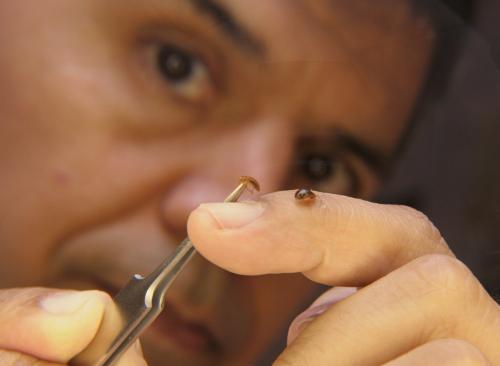
There are thousands of insects in Florida, and knowing whether the one you found is harmless, beneficial, or damaging is key for deciding control measures. The Insect ID Lab can analyze insect samples sent by Florida residents
Contact your county's UF/IFAS Extension office for help and information on preparing a sample to send to the Insect ID Lab. The lab will charge $8 per sample sent.
Send samples in a crush-proof container with the accompanying submission form (205KB pdf). Sending samples in flat or padded envelopes is discouraged.
Collecting a Sample
The more specimens included in a sample, the better. In most cases, you should kill and preserve the insects before sending them. Do this by placing them in the freezer or in a vial with rubbing alcohol.
Caterpillars will not preserve well in an alcohol solution. Moths and butterflies should be kept dry.
Take special care if you believe the insect could be a new or exotic species.
Contact your Extension office and read the submission guide for more details.
Plants
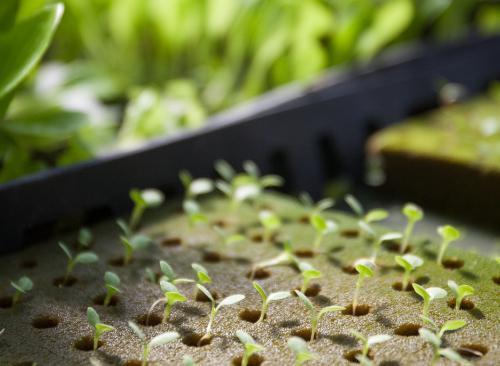
Mysterious plants can show up in fields, yards, and gardens, or they may already be established and you just do not know what they are. Either way, UF/IFAS Extension can help you discover which species an unknown plant is.
You can either bring in a physical specimen of the plant (or blossom, leaf, etc.) or a photograph to your county's Extension office. Multiple photographs are best, with pictures of leaves, bark or stem, blossoms, seed pods, as well as the whole plant itself.
In addition to the pictures or sample, pass along as much additional information as possible:
- Size and shape of plant, leaves, blossoms, seeds
- Growth habit and location
- Conditions in location (e.g., sun, soil type and moisture, cultivated or forested area)
- Colors of plant and blossoms
If the Extension agent or Master Gardener cannot make an identification, they will send a sample to the UF Herbarium.
All identification samples sent to the herbarium must first go through your county Extension agent, but the herbarium does offer an online database where Florida residents can look at images of plants in the collection.
Diseases
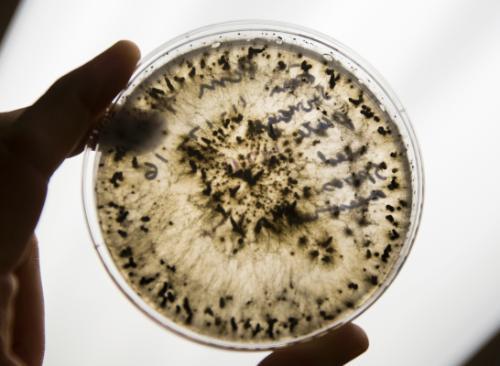
UF/IFAS Extension offers multiple plant diagnostic clinics and labs, which make up the Florida Plant Diagnostic Network. These diagnostic clinics use living-plant samples to make disease diagnoses.
An important note: Once a plant is dead, our Extension professionals are unable to make a disease diagnosis. Harmful fungi and bacteria are present in all Florida soils, and many secondary bacteria and fungi will start to grow on a dead plant. These two factors make it impossible to determine what, if any, disease killed a plant.
Contact your county's Extension office for help and information on preparing a plant or turf sample to send to a diagnostic lab. The lab will charge $40 per sample sent. (Certain disease tests are no charge.)
Send properly packaged samples with the accompanying submission form.
Sometimes what you believe may be a disease is only a nutrient deficiency. Your local Extension agent can advise you if it would be worth testing your soil before doing a disease analysis. (Find more information from the Extension Soil Testing Laboratory.)
Collecting a sample
General guidelines include the following:
- Take samples before applying pesticides.
- Make sure samples are living (green).
- Include a large amount of plant material that covers the range of the symptoms.
- Do not mix different samples in the same submission bag.
Contact your Extension office and read the submission guide for more details.
Other Identifications
UF/IFAS Extension offices are your source for answers to your questions and solutions for your life. Wildlife was not covered in this guide, but any identification questions or problems you have can be answered by our offices if you give them enough information.
An e-mail, phone call, or visit to your local Extension office is your first step in identifying any plants, pests, animals, problems, or curiosities you encounter.
Adapted and excerpted from:
L. Buss, Insect Identification Service (RFSR010), Entomology and Nematology Department (rev. 01/2013).
N. Williams, Plant Identification and Information Service (RFSR013), Extension Administration Office (rev. 12/2011).
A. Palmateer, et al, Sample Submission Guide for Plant Diagnostic Clinics of the Florida Plant Diagnostic Network (RFSR007), Plant Pathology Department (rev. 9/2012).
Sustainability And Conservation
Related Sites & Articles
Hot Topics
UF/IFAS Publications
- Florida Plant Diagnostic Network
- Insect Identification Service
- Plant Identification and Information Service
- Submission Guide for Plant Diagnostic Clinics of the FPDN
UF/IFAS Sites
- Insect ID Lab
- Plant Information with ID Videos
- Rapid Turfgrass Diagnostic Service
- University of Florida Herbarium


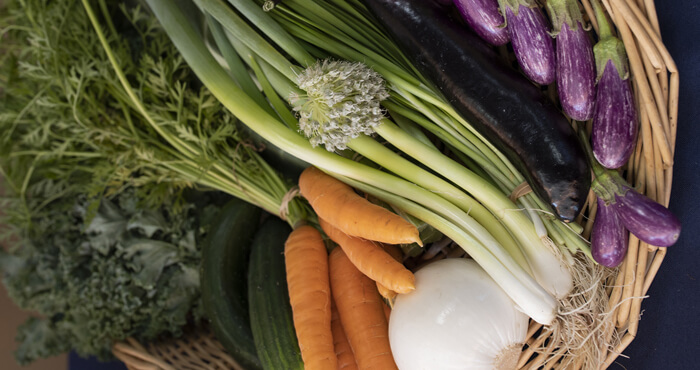
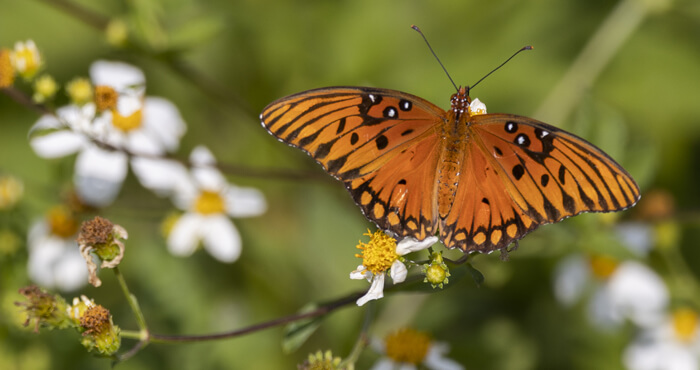
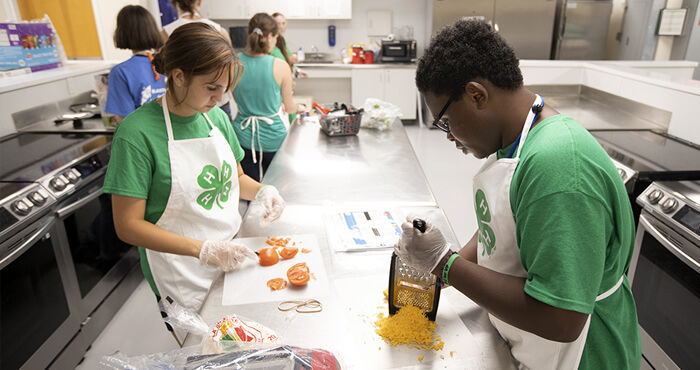
.jpg)
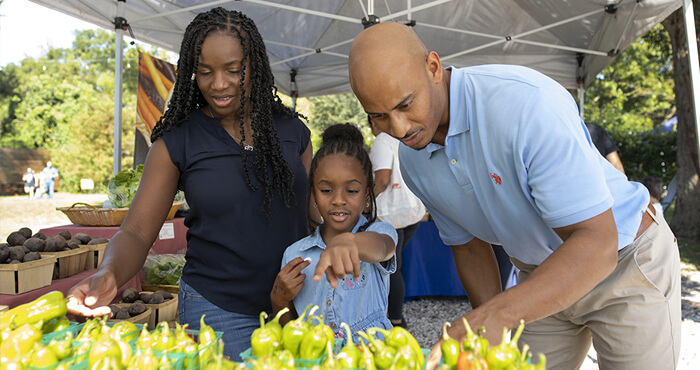
.jpg)